How Do Paper Quality and Thickness Affect Book Printing?
 Apr 24,2025
Apr 24,2025

 SESE
SESE
How Do Paper Quality and Thickness Affect Book Printing?
1. Introduction
In the world of custom book printing, the paper you choose is just as important as the design or content. The quality and thickness of paper significantly influence not only how a book looks, but also how it feels, functions, and lasts. Whether you're printing a children's board book, an elegant photo collection, or a minimalist planner, choosing the right paper makes all the difference.
At Sese Printing, we specialize in custom book printing tailored to your specific needs. With a wide range of premium paper options, we help you bring your vision to life with precision and style.
2. Understanding Paper Quality
Paper quality refers to several factors that affect how it interacts with ink and how the final product appears:
Smoothness: Affects ink distribution and feel.
Whiteness/Brightness: Influences color contrast and readability.
Coating: Coated paper has a smooth finish ideal for high-definition printing, while uncoated paper is more natural and absorbent.
Fiber Composition: Virgin fibers are stronger and whiter; recycled fibers offer an eco-friendly, textured appeal.
Common types include:
Coated vs. Uncoated: Coated is great for vibrant images; uncoated is better for writing and a natural look.
Matte vs. Glossy: Matte gives a soft, elegant finish; glossy enhances sharpness and shine.
Recycled vs. Virgin: Choose recycled for sustainability, virgin for higher purity and durability.
Best pairings:
Photo books: Glossy coated paper
Journals: Smooth uncoated paper
Novels: Cream-toned, lightweight uncoated paper
3. Importance of Paper Thickness (GSM)
GSM (Grams per Square Meter) measures the weight and thickness of paper. A higher GSM generally means a thicker, more durable sheet. The feel, page curl, and even how ink sits on the paper are influenced by GSM.
Recommended GSM ranges:
Novels: 70–90 gsm – light, easy to flip, and budget-friendly
Children’s books: 120–200 gsm – thicker for durability and color-rich illustrations
Art/photo books: 150–250 gsm – heavy to support vibrant imagery and detail
Covers: 250–350 gsm – sturdy for protection and presentation
4. Paper Choices for Custom Book Types
|
|
|
|
|
|
Children Board Books |
Coffee Table Books |
Journals Planners |
Fiction Novels |
Educational Workbooks |
Children’s Board Books: Extra-thick laminated paperboard to withstand wear and tear.
Coffee Table Books: High-GSM glossy or matte coated papers to enhance rich imagery and visual appeal.
Journals & Planners: Uncoated, smooth paper ideal for writing with minimal ink bleed-through.
Fiction & Novels: Lightweight, cream-toned papers for comfortable reading and cost-efficiency.
Educational Workbooks: Opaque, writable paper that handles highlighting, note-taking, and erasing.
5. How Paper Affects Printing Techniques
Different paper types interact with printing methods in unique ways:
Ink Absorption: Uncoated paper absorbs ink more, resulting in softer tones. Coated paper keeps ink on the surface for crisper images.
Foil Stamping & Spot UV: Best applied to smooth, coated or laminated surfaces.
Embossing/Debossing: Works well with thick, durable paper that can hold the impression.
Offset vs. Digital Printing: Some papers perform better with one method over the other, depending on coating and thickness.
We guide clients to select the optimal paper type for their chosen finish and print method.
6. Paper and the Overall Book Aesthetic
The right paper enhances not just function but also feel. It plays a key role in brand perception and customer satisfaction:
Luxury feel: High-GSM, textured paper elevates premium editions.
Minimalist design: Smooth, uncoated paper with subtle tones enhances clean layouts.
Eco-conscious: Recycled paper shows your brand’s sustainability commitment.
Customizations include:
Colored paper
Natural texture
Watermarks
Recycled stock
7. Cost Implications & Custom Recommendations
Paper choice affects your project’s cost, especially in bulk printing:
Thicker paper = higher cost and shipping weight
Premium finishes = higher price point
MOQ (Minimum Order Quantity): Certain paper types require larger print runs
Tips to balance quality and budget:
Match paper type to book purpose—don’t over-specify for simple projects.
Consider hybrid solutions (e.g., high-end cover + budget-friendly inner pages).
Request samples to test look and feel before committing.
At Sese Printing, we offer free paper samples and expert consultations to help you make the best decision.
8. Conclusion





 Home
Home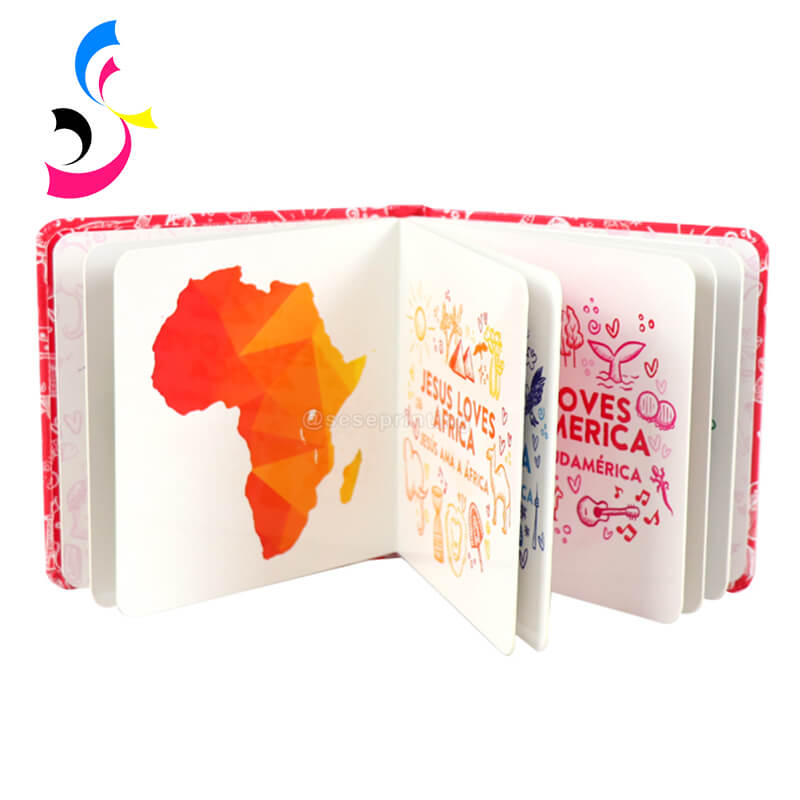
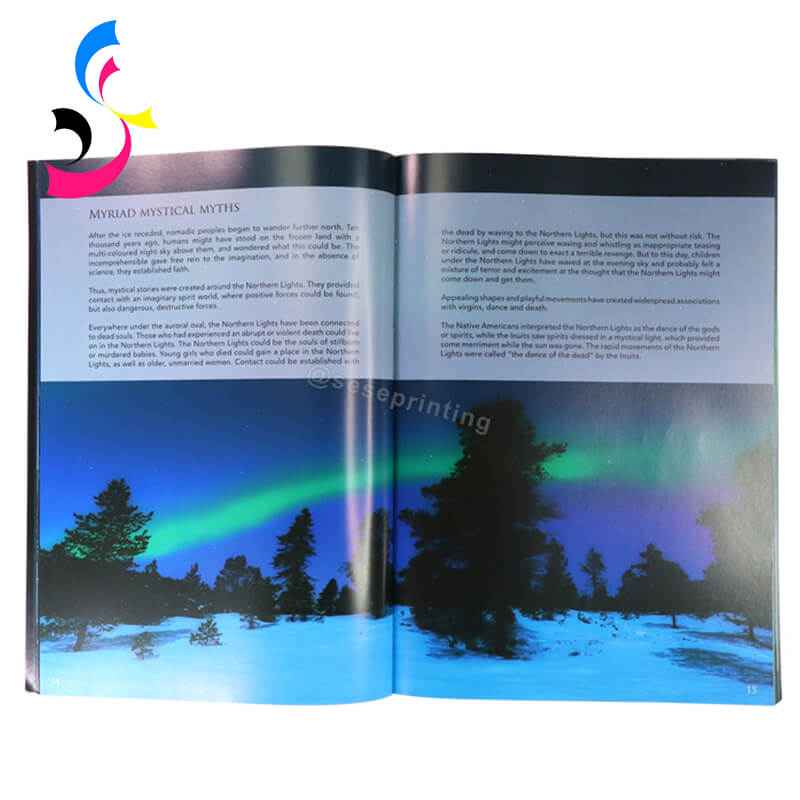
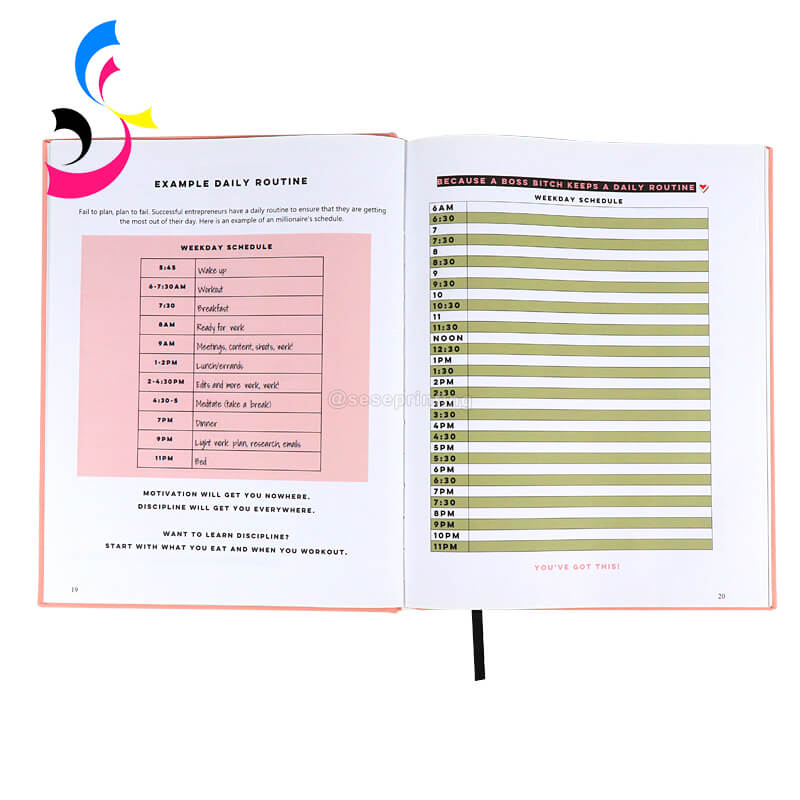
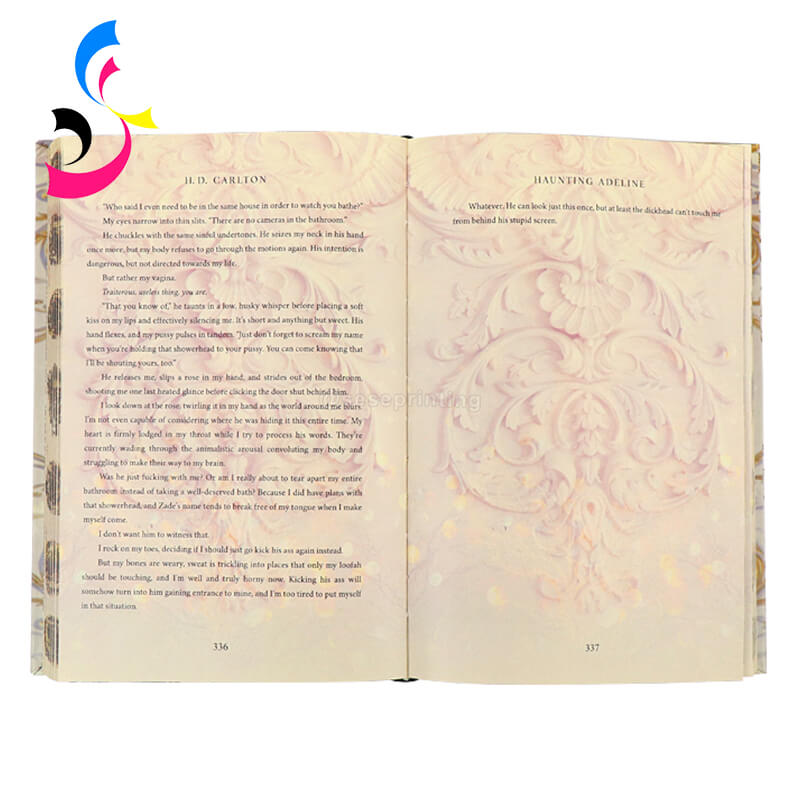
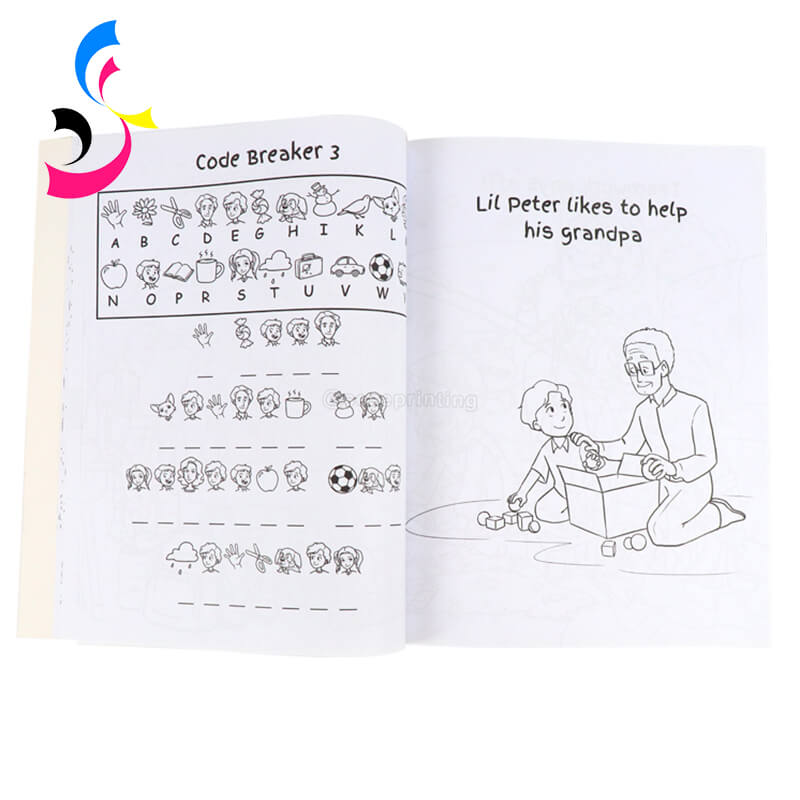
 Matt Art Paper VS Offset Paper: Which Is Best For Book Printing
Matt Art Paper VS Offset Paper: Which Is Best For Book Printing  You May Also Like
You May Also Like
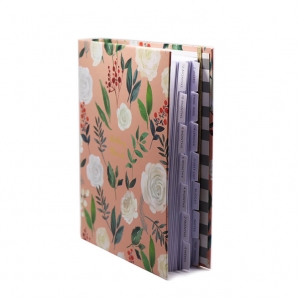

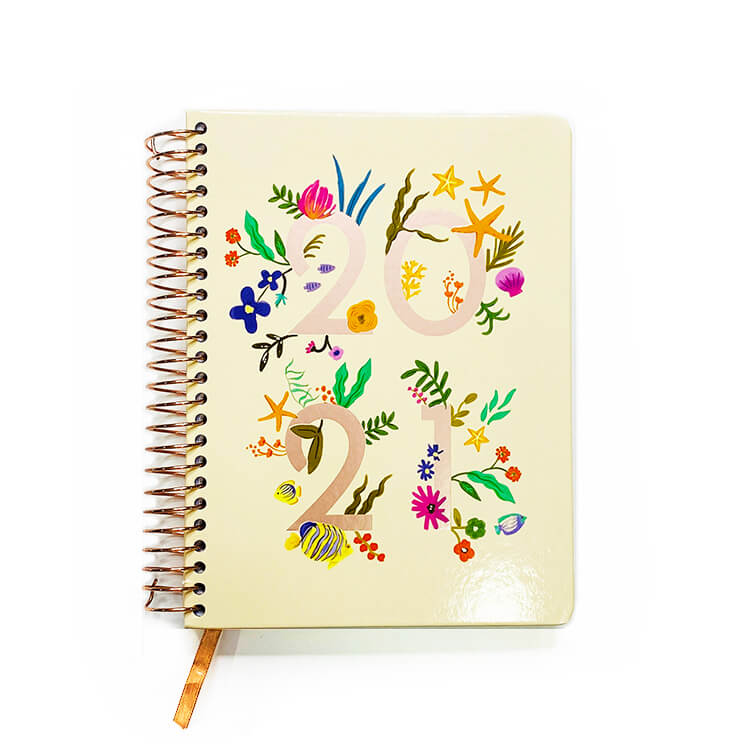

 Tel
Tel
 Email
Email
 Address
Address







